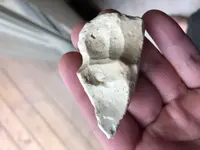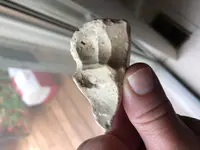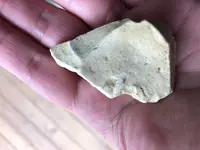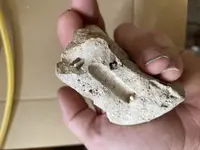Segway
Tenderfoot
- Joined
- Jul 11, 2021
- Messages
- 7
- Reaction score
- 12
- Golden Thread
- 0
- Primary Interest:
- All Treasure Hunting
From the moment this was found I felt and believed it to be something special. Now months and countless researching hrs later all I know is what it isn't. Hoping the devil is in the detail of what I believed to be an eye and someone with greater experience might be able to at least tell if the artist was ancient man or mother nature. Either way it is one of a kind!!
Amazon Forum Fav 👍
Attachments
Upvote
0








